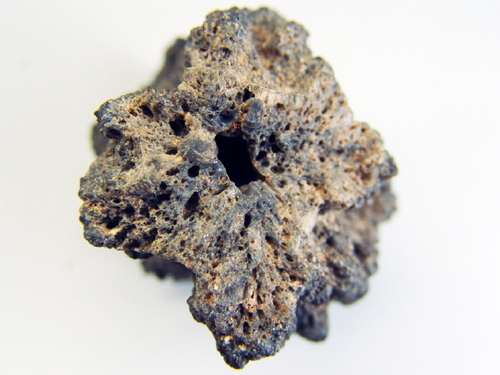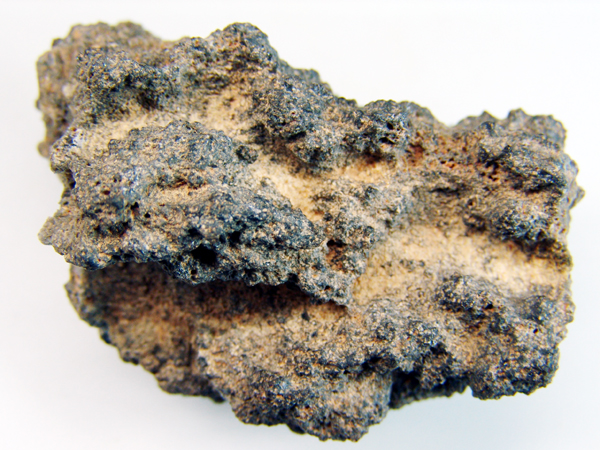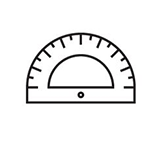![]()
Fulgurite (번개 맞은 돌(모래)
발견지역 : Sahara Egypt (Libye Desert)
Fulgurites have been found at the feet of sand dunes of the Great Sand Sea, in the southwest of Egypt. Their tubular shapes are typical of lightening striking sands. On rocks, they may have different shapes. It has been estimated that each flash of lightening releases an average energy of 1 billion Joules.
Air temperatures may reach momentarily 10,000 degrees K, even sometimes 30,000 degrees K. The peak currents measured range from 10 kA to 100 kA but they last only a few microseconds. This high energy will melt or vaporize the sands or rocks with formation of amorphous glass, named by A. Lacroix who studied this phenomenon since 1915: Lechatelierite (after the French mining engineer, Le Chatelier.) Tubular Fulgurites are known that exceed 8 meters but their recovery as a whole is impossible; they are very fragile and are usually found in pieces of 10 to 15 cm, with diameters ranging from 5 to 20 mm.
Lechatelierite Var. Fulgurite is the varietal name given to fused Quartz, Si02, which has been fused by the action of lightning striking the Earth and locally melting the sand. The best known Fulgurites are found in Quartz sands, where the Fulgurites take the form of tubes, sometimes exceeding a half inch or more in diameter. This type of formation is called a Sand Fulgurite. As the lightning strikes the Earth and courses downward through the sand, the sand is instantly super heated (i.e., melted and fused). After cooling, glass-like hollow tubes (Fulgurites) can sometimes be located beneath the surface of the sand, generally decreasing in diameter and sometimes branching as they descend, sometimes extending for several feet.
The outer surfaces sand fulgurites are often rough with adhering, unfused Quartz sand grains. The inner surfaces and openings of the tubes are usually smooth and glassy, in some specimens resembling an applied glaze, sometimes with blister-like bubbling present. Rock Fulgurites are formed when lightning strikes the surface of a rock, melting and fusing the surface, and sometimes the interior of the rock. The melting point of Si02 is 2950oF. The color of the glassy, fused Si02 varies from pale gray, to smoky gray, to shiny black. The name Fulgurite is from the Latin: FULGUR (lightning).













 확대보기 및 상세정보
확대보기 및 상세정보